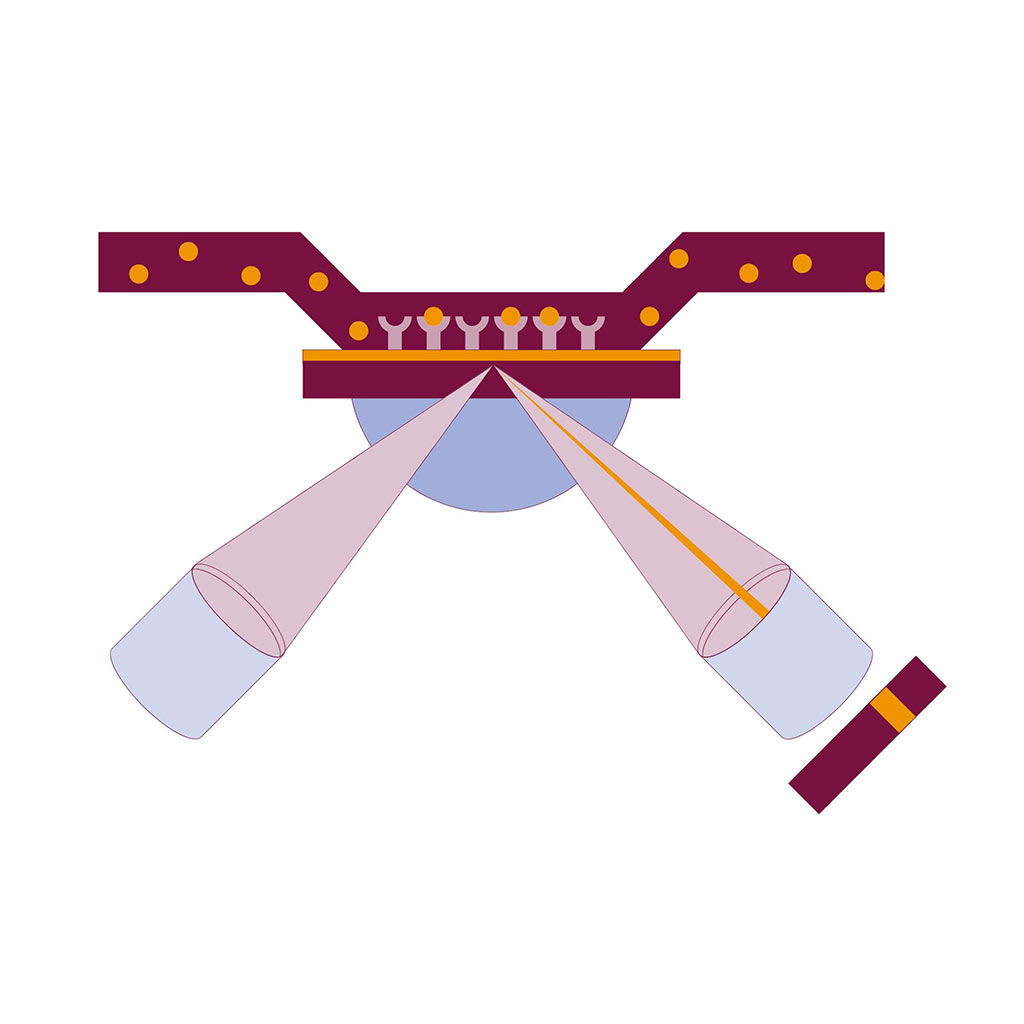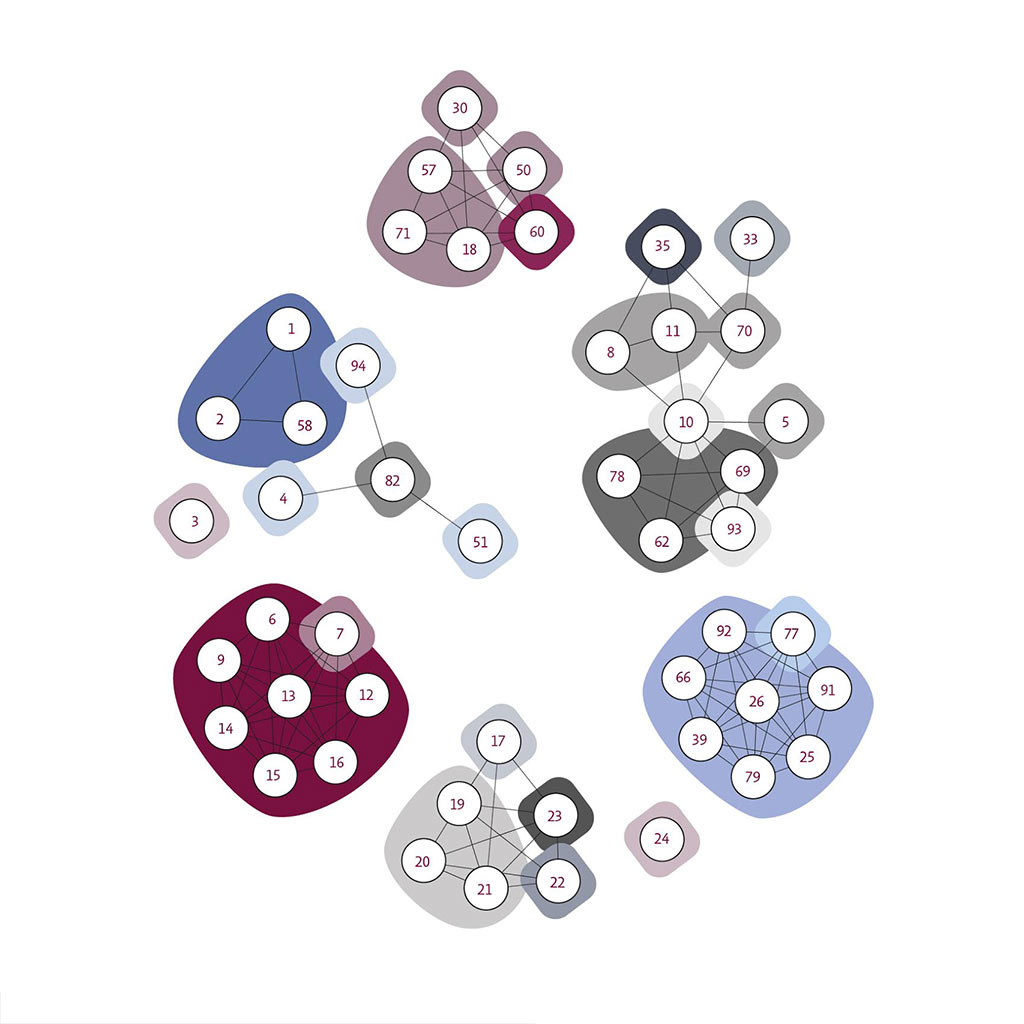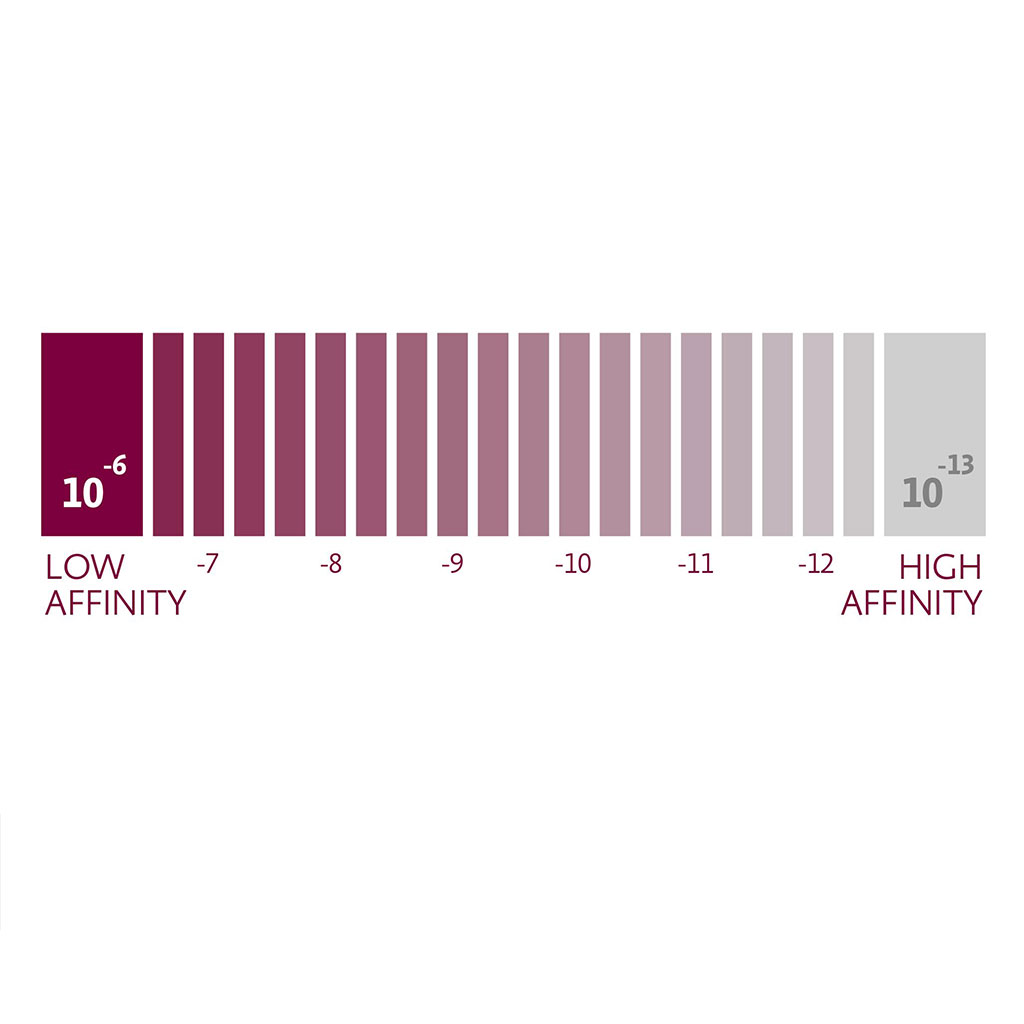Applications
-
 SURFACE PLASMON RESONANCE
SURFACE PLASMON RESONANCE
Our SensEyes are used in combination with the MX96 instrument of IBIS Technologies. For its detection technique, this instrument uses surface plasmon resonance (SPR). Compared to other commonly used analysis methods such as ELISA and fluorescence, SPR has the advantages that it is real time and does not require labelling. This results in fast and cost effective analysis.
The MX96 is a multiplex instrument and in combination with a micro-array spotter, up to 192 different analyses can be performed simultaneously on a single sample. When using the 96 well plate option for sample storage, more than 18400 analyses can be run unattended on a single SensEye. -
 EPITOPE BINNING
Epitope binning is a method to categorize large libraries of antibodies in different groups of which the different antibodies within a group compete for the same binding region of an antigen. In this way valuable information can be collected in the early stage of bio-pharmaceutical development, that facilitates the decision making in the early stage of research and development. The possibility to print up to 192 different ligands on a single SensEye in combination with the multiplex character of the MX96 of IBIS Technologies allows for a high throughput, cost effective screening of candidate bio-pharmaceuticals.
EPITOPE BINNING
Epitope binning is a method to categorize large libraries of antibodies in different groups of which the different antibodies within a group compete for the same binding region of an antigen. In this way valuable information can be collected in the early stage of bio-pharmaceutical development, that facilitates the decision making in the early stage of research and development. The possibility to print up to 192 different ligands on a single SensEye in combination with the multiplex character of the MX96 of IBIS Technologies allows for a high throughput, cost effective screening of candidate bio-pharmaceuticals. -
 AFFINITY RANKING
AFFINITY RANKING
The affinity of an antibody for its antigen is an important parameter that is considered indicative for the activity of the antibody as a bio-pharmaceutical. Therefore antibody engineering is among others directed to obtain high affinity antibodies.
By affinity ranking, the engineered antibodies are ordered with respect to their affinity for a specific antigen. The possibility to print up to 192 different ligands on a single SensEye allows for a high throughput, cost effective ranking of engineered antibodies.
